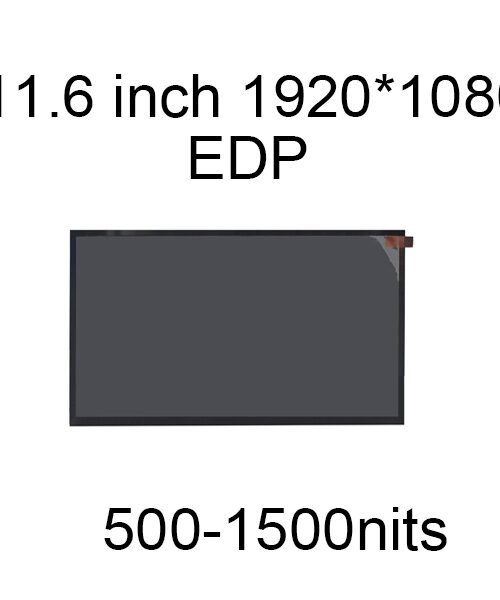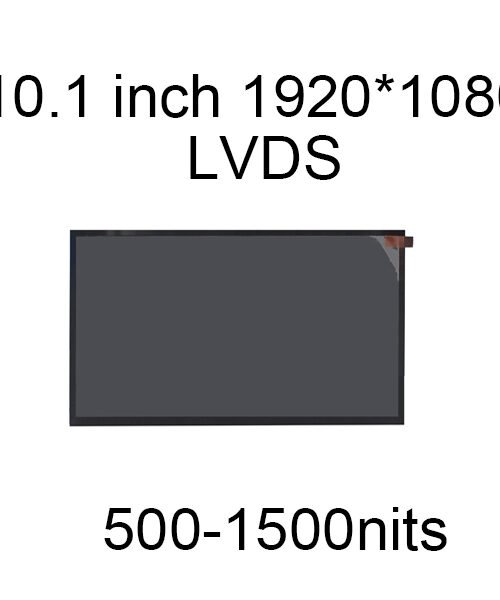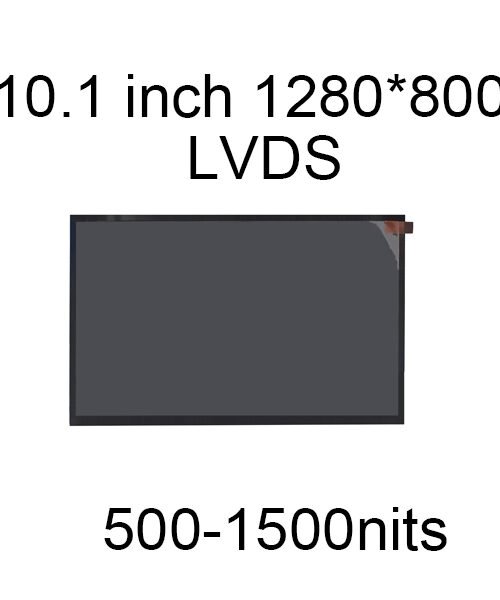The brightness comparison between OLED (Organic Light Emitting Diode) and LCD (Liquid Crystal Display) displays is a topic of significant interest, particularly in the context of television and smartphone displays. Both technologies have their strengths and weaknesses when it comes to brightness, and the choice between OLED and LCD often depends on various factors, including the specific application, viewing environment, and display quality desired. In this in-depth comparison, we will explore the characteristics and differences between OLED and LCD displays in terms of brightness.
OLED (Organic Light Emitting Diode) Displays:
How OLED Works: OLED displays use organic compounds that emit light when an electric current is applied. Each pixel in an OLED display is an individual light source, and the pixels can be turned on or off independently.
Self-Emissiveness: One of the standout features of OLED displays is their self-emissiveness. When a pixel in an OLED display is turned off, it produces true black, emitting no light. This ability to achieve true black levels results in an infinite contrast ratio, which significantly impacts perceived brightness.
Brightness Levels: OLED displays can achieve high brightness levels, suitable for most indoor environments. While OLEDs can produce high peak brightness, they may not reach the extremely high brightness levels found in specialized LED displays used in outdoor signage, where sunlight visibility is essential.
Color Accuracy: OLED displays typically offer outstanding color accuracy and wide color gamuts. They are known for their vibrant and lifelike colors, making them popular choices for high-end TVs and professional monitors.
Energy Efficiency: OLEDs are energy-efficient because they only emit light where needed. Black pixels consume no power, contributing to overall energy savings.
Viewing Angles: OLEDs have wide viewing angles with consistent image quality. This means that the brightness and color accuracy remain relatively stable when viewed from different angles, making them suitable for various viewing environments.
Durability: OLED displays are known for their durability and have been widely used in smartphones for years. However, as with any technology, there can be concerns about long-term degradation of OLEDs, although manufacturers have made significant improvements in this regard.
Motion Handling: OLEDs generally excel in motion handling, with fast response times and minimal motion blur. This makes them suitable for applications where fast motion, such as gaming, is a priority.
LCD (Liquid Crystal Display) Displays:
How LCD Works: LCDs use liquid crystals sandwiched between two layers of glass or plastic. These crystals can be manipulated to control the passage of light through them, creating images.
Backlighting: Traditional LCDs use various backlighting technologies, with LED (Light Emitting Diode) backlighting being the most common in modern LCD displays.
Brightness Levels: LED-backlit LCDs can achieve high brightness levels, making them suitable for well-lit environments and outdoor use. The peak brightness of LED-backlit LCDs can often exceed that of OLED displays.
Energy Efficiency: LED backlighting is more energy-efficient compared to older CCFL (Cold Cathode Fluorescent Lamp) backlighting used in some LCDs. LED backlighting is highly efficient, and black pixels on LED LCDs do not consume additional power.
Color Accuracy: LCDs can offer good color accuracy, but the quality can vary depending on the specific panel and technology used. High-quality LCDs, particularly in professional displays, offer excellent color accuracy.
Black Levels: Traditional LCDs have difficulty achieving true black levels due to light leakage from the backlight, which can impact contrast. However, advanced technologies like Full-Array Local Dimming (FALD) LCDs can improve black levels and contrast.
Viewing Angles: LCDs, especially older models, may have limited viewing angles, where the image quality degrades when viewed from the sides. However, In-Plane Switching (IPS) LCDs and other advanced panel technologies offer improved viewing angles.
Durability: LCD displays are generally durable and have a long lifespan, particularly in professional applications and TVs. They are often used in digital signage and commercial displays.
Brightness Comparison: OLED vs. LCD:
The brightness comparison between OLED and LCD displays involves several key points:
Peak Brightness: LCD displays, especially those designed for high dynamic range (HDR) content, can achieve extremely high peak brightness levels. Some LED-backlit LCD televisions and high-end displays can exceed 1000 nits (cd/m²) or more in peak brightness. This makes them suitable for well-lit environments and outdoor signage.
Brightness vs. Contrast: While LED-backlit LCDs can achieve high peak brightness, they may not always match OLED displays in terms of perceived brightness due to OLED’s self-emissive properties. OLEDs can produce true black levels, resulting in exceptional contrast, which makes images appear brighter and more vibrant.
Black Levels and Contrast: OLEDs offer perfect black levels and infinite contrast ratios, which significantly impact perceived brightness. This ability to produce true black and bright whites results in images that appear vibrant and eye-catching.
HDR Content: Both OLED and high-end LED-backlit LCD displays are suitable for HDR content. They can deliver the peak brightness and contrast needed for HDR video, ensuring that highlights are accurately rendered and the overall viewing experience is enhanced.
Viewing Environment: When it comes to viewing environment, both OLED and LED-backlit LCD displays have their strengths. OLED displays excel in dark or dimly lit rooms, while high-brightness LED-backlit LCDs are well-suited for well-lit or outdoor environments.
Color Accuracy: Both OLED and high-quality LED-backlit LCDs can provide excellent color accuracy. For professional applications where color precision is crucial, both technologies are popular choices.
In conclusion, the choice between OLED and LED-backlit LCD displays depends on your specific requirements and the application:
OLED displays are known for their self-emissive properties, infinite contrast ratios, and ability to produce true black levels, making them suitable for home theater environments and scenarios where deep contrast is essential. They are also suitable for various viewing angles.
LED-backlit LCD displays, especially high-end models, can achieve extremely high peak brightness levels, making them ideal for well-lit environments, outdoor signage, and applications where high luminance is required.
Ultimately, the “better” option depends on your priorities, such as the viewing environment, contrast requirements, color accuracy, and budget. When choosing between OLED and LED-backlit LCD displays, it’s crucial to consider the specific needs of your application and evaluate models based on their features and performance characteristics.







